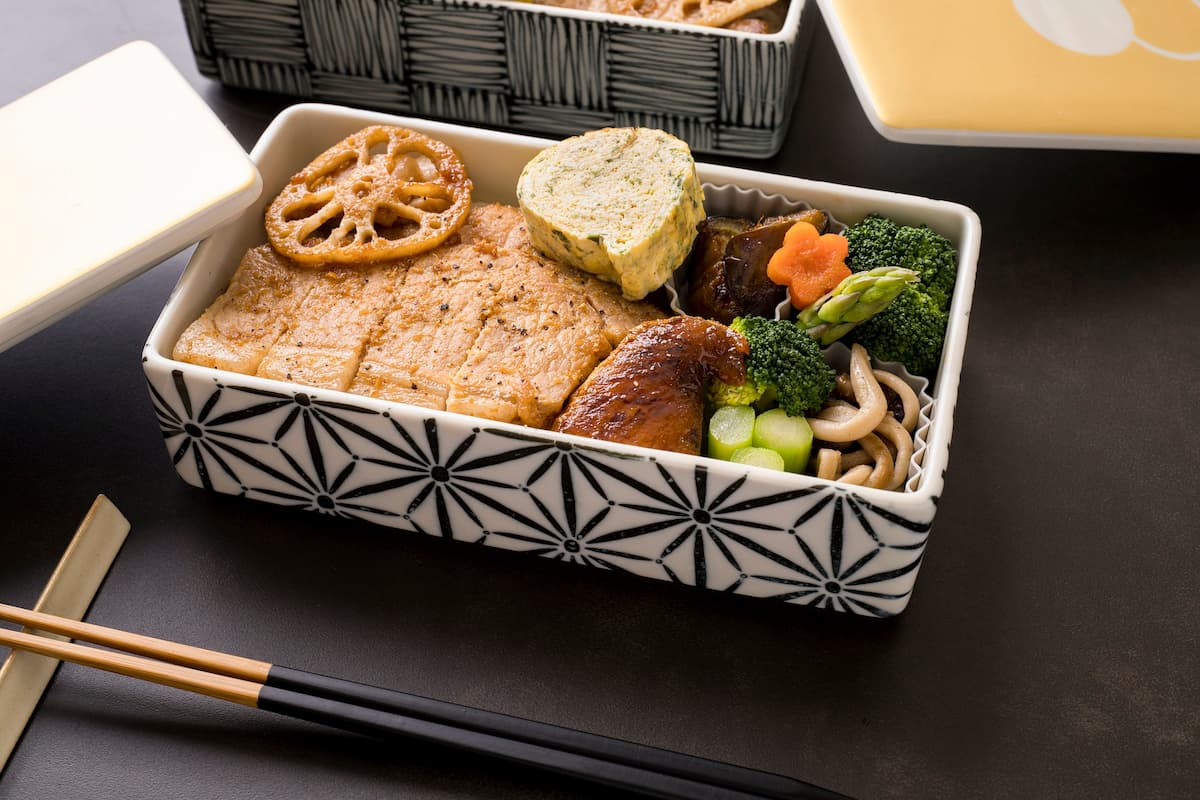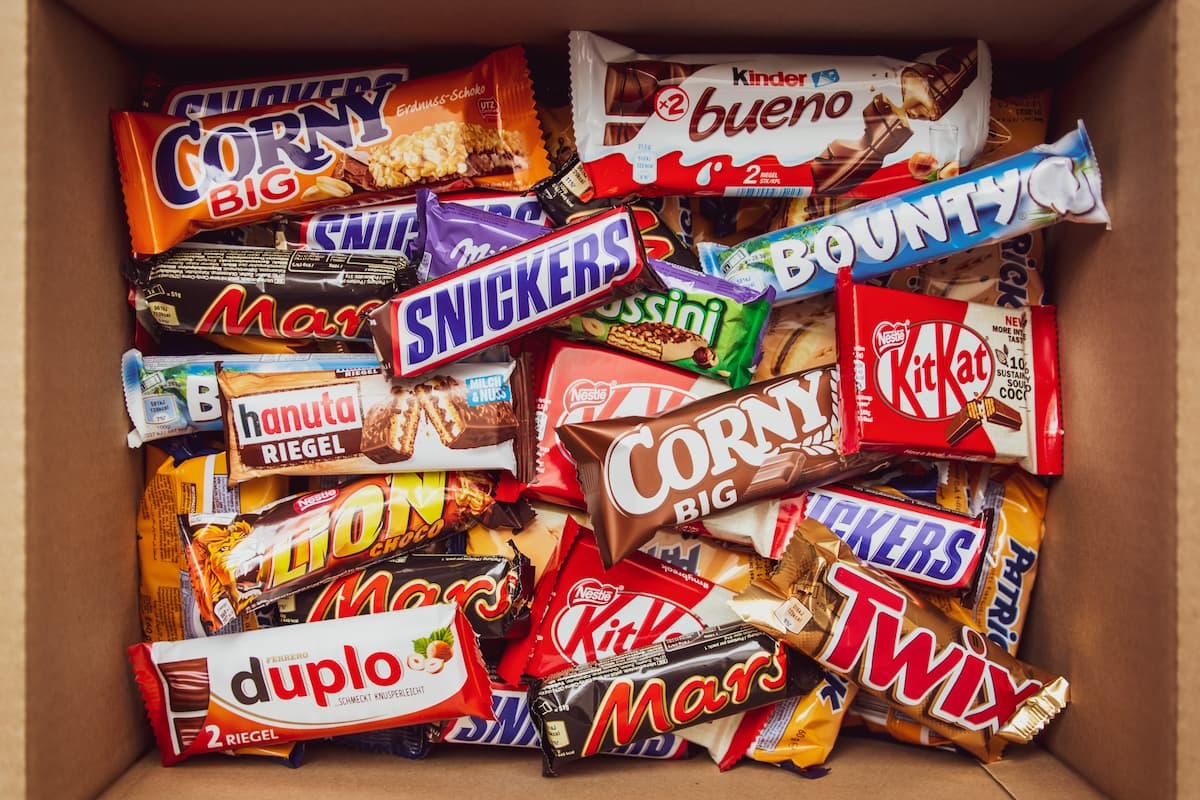Can You Bring Nutella On A Plane? (TSA Dos and Don’ts)
Whether packing for a picky eater or stocking up on creature comforts, many air passengers travel with food items.
Foods like jam, honey, peanut butter, and Nutella are especially popular with some travelers as local variations make great gifts or may be hard to find at certain destinations.
Spreadable foods, like Nutella and peanut butter, are permitted in passenger luggage; however, there are regulations for bringing these items in carry-on bags. As Nutella is a paste, it’s subject to the TSA’s 3-1-1 rule, which limits passengers to one quart-sized (1L) bag of 3.4 oz (100 mL) containers. Travelers looking to bring larger quantities of Nutella can pack it in their checked luggage.
This article explains how to bring Nutella on a plane and offers some tips on packing food for air travel.
Can You Bring Food Through Security at US Airports?

The TSA allows travelers to take certain food through security checkpoints at US airports.
Before packing their bags, travelers should check the TSA website for up-to-date information on what is and isn’t permitted – anyone who doesn’t comply with the rules risks having their items confiscated at security.
For passengers entering the United States, the US Customs and Border Patrol (CBP) have regulations for the types of food items they allow into the country.
These rules apply to items in both carry-on and checked luggage, and non-compliance can result in confiscation, fines, or in extreme cases, deportation from the United States.
What Food Can I Bring in Carry-On Luggage?
Travelers boarding flights within the United States must follow the TSA’s 3-1-1 Rule, which applies to carry-on luggage only and covers spreadable foodstuffs like Nutella or peanut butter.
The 3-1-1 Rule states that passengers can bring liquids, gels, pastes, creams, or aerosols that are 3.4 oz (100 mL) or less in one clear, resealable, quart-sized (1L) bag.
Items larger than 3.4 oz (100 mL) must be packed in checked luggage, or they will be confiscated.
This means that any food item that is spreadable, pasty, creamy, or a liquid cannot be in containers larger than 3.4 oz (100 mL) if packed in carry-on luggage.
These items should be put into checked bags, even if they are mostly empty.
(The TSA uses the quantity on the container, not the amount inside, to determine if it is allowed through security.)
Most solid foods are permitted in carry-on bags; however, some exceptions exist for fresh fruits and vegetables, soft cheeses, and canned foods.
Additionally, it’s important to remember that airlines often have size and weight limits for carry-on items.
Ensure you pack strategically to avoid having to check the bag or pay for oversized/overweight luggage.
Can I Bring Food Into the US From Other Countries?
The CBP strictly regulates which animal and agricultural products can be brought into the United States from Hawaii, Puerto Rico, the US Virgin Islands, and all other countries.
These regulations are in place to prevent the spread of diseases and pests, and a comprehensive list of permitted items can be found on the US Department of Agriculture website.
Commonly prohibited snacks people often travel with include fresh fruits and vegetables, processed meats, nuts, and seeds.
Carrying these items through US Customs can cause problems for travelers, even when it’s something as common as a leftover slice of pepperoni pizza.
Generally speaking, pre-packaged foods are not subject to further inspection, and items like Nutella, peanut butter, granola bars, condiments, and baked goods are usually allowed.
That said, it’s best to err on the side of caution and consume or dispose of any food you aren’t sure about.
Whether heading home or going on vacation, travelers to the United States should check the CBP’s list of all prohibited and restricted items before packing their bags and getting on their flight.
What’s the Best Way to Travel With Food on a Plane?

Traveling with food is a necessity for some people, especially those with dietary restrictions or allergies.
These travelers often bring their own snacks to eat at the airport and onboard their flights, but they too must follow all airline policies, security guidelines, and customs regulations at home and abroad.
The best way to travel with food on a plane is by ensuring all items conform to the various sets of rules, including the size and weight limits for carry-on luggage.
Keep snacks simple, odorless, and easily accessible in carry-on bags so they can be removed for screening, if necessary.
Items like crackers, cereal, cookies, chocolate bars, candy, dried fruit, and granola bars are usually allowed onboard, but avoid bringing peanut products on planes (e.g., peanut butter sandwiches), as some guests might be highly allergic.
Passengers can also pack a reusable water bottle into their carry-on bag, as long as it’s empty when they go through security.
Most airports have refilling stations or water fountains, so it usually isn’t difficult to find free drinking water.
Conclusion
Nutella is allowed on flights in either carry-on or checked baggage.
However, when bringing spreadable items like Nutella in carry-on luggage, the container must be 3.4 oz (100 mL) or less to comply with the TSA’s 3-1-1 liquids rule.
There is no limit to how much Nutella can be packed in checked luggage; however, ensure it doesn’t make your bag heavier than what’s permitted by the airline.
When heading to other countries or returning to the United States, always confirm that any food items you’re bringing in are allowed.
You can check most countries’ customs regulations online prior to packing for your trip, and when in doubt, leave things behind.